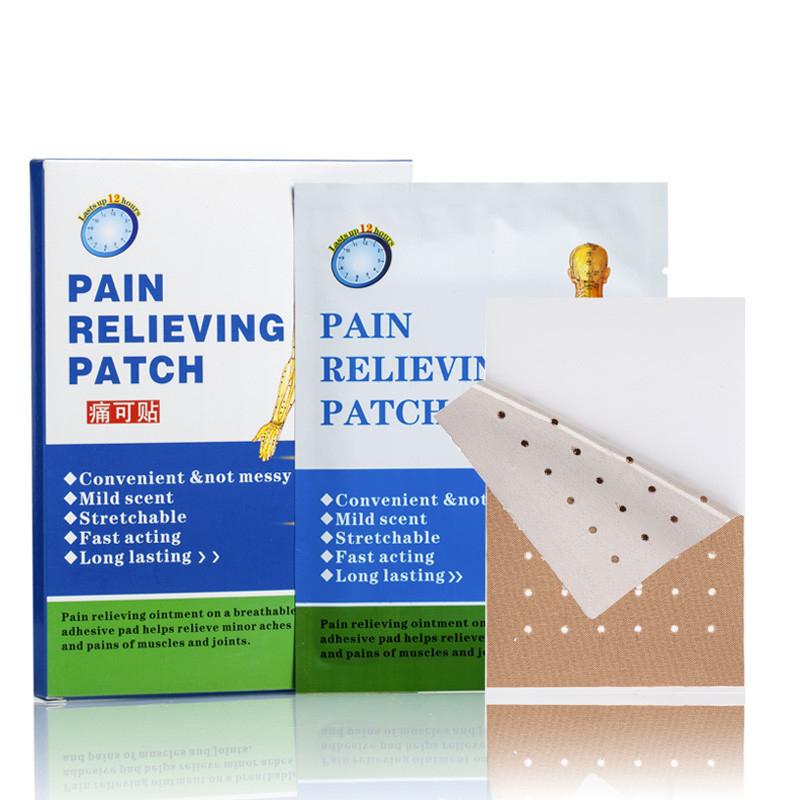Author: Kongdy Patch
Date: 05 12,2022
Muscle Pain Patch is based on the principle that the active ingredients in it can be incorporated into the relevant painful areas of the person, and once the ingredients are incorporated, the user can use it to get relief from the pain problem. However, when using Muscle Pain Patch to help you improve your abnormal condition, you must first know if you are allergic to the ingredients inside.
Pain relief patch is useful for relieving joint pain and repairing soft tissue damage. Pain relieving patch uses the principle of far-infrared physiotherapy, which can directly penetrate the skin, promote blood circulation, improve skin redness, swelling, blisters and other skin problems.
Pain relief patch is a special elastic patch that is applied to the body surface in a specific way to produce mechanical and neurophysiological effects to relieve muscle pain, promote motor function or other therapeutic purposes. Compared to traditional plasters or patches, it greatly reduces skin irritation or maladaptation and allows natural movement of the treated area, which is now widely used in the field of rehabilitation medicine and medical patch.
Muscle pain patch has three main therapeutic effects.
1. enhancing the contraction of the damaged muscle, reducing the pain caused by muscle hyperextension, and reducing the occurrence of muscle fatigue and spasm.
2. Improving blood and lymphatic circulation to the damaged area and reducing edema or internal bleeding.
3. Support and relax soft tissues, improve incorrect movement patterns, and enhance joint stability.
4. Stimulate the skin and muscles for analgesia.
1. Preparation before use.
Use the patch for 20 minutes to 1 hour before activity to ensure the best adhesion effect. If used during activity, use a patch adhesive. If used on sweaty areas or on hands and feet, waterproof patches should be used. Intramuscular effect patch starts to have waterproof function after 1 hour of application.
2. Precautions after application.
Start and end the application of the patch without tension. Cut the ends of the patch into a circle to prevent the corners of the patch from curling. The patch will allow the skin to squeeze together and crease, creating a pressure-bearing cavity and vacuum effect. Start and end the patch on the skin without covering it with another patch. Peel off 2.5 to 5 cm of paper backing or tear a small opening in the backing, which helps to remove the patch. Adhere the patch to the skin, then allow the joint to move fully and press the remaining strips of the patch against the skin. Avoid overextending the patch before application. Avoid applying more than three patches in one area, as this can lead to poor adhesion.
▶ To reduce spasm, apply the patch from the muscle stop to the muscle start in the case of stretching the muscle (e.g., by dorsiflexing the ankle joint when applying the patch to the calf).
▶ To help eliminate abrasions, edema, or circulation problems, contract the muscle as little as possible, or not at all. If the muscle is to be affected, the muscle should be contracted mildly or moderately when the patch is applied. To help stabilize joints or ligaments, the muscles should be contracted to the maximum extent possible.
I would like to recommend this Chinese pain relief patches from Kangdi, it is a herbal pain relief patch, the ingredients of this product are more natural and safe compared to other brands, the effect is relatively better, click for details.
